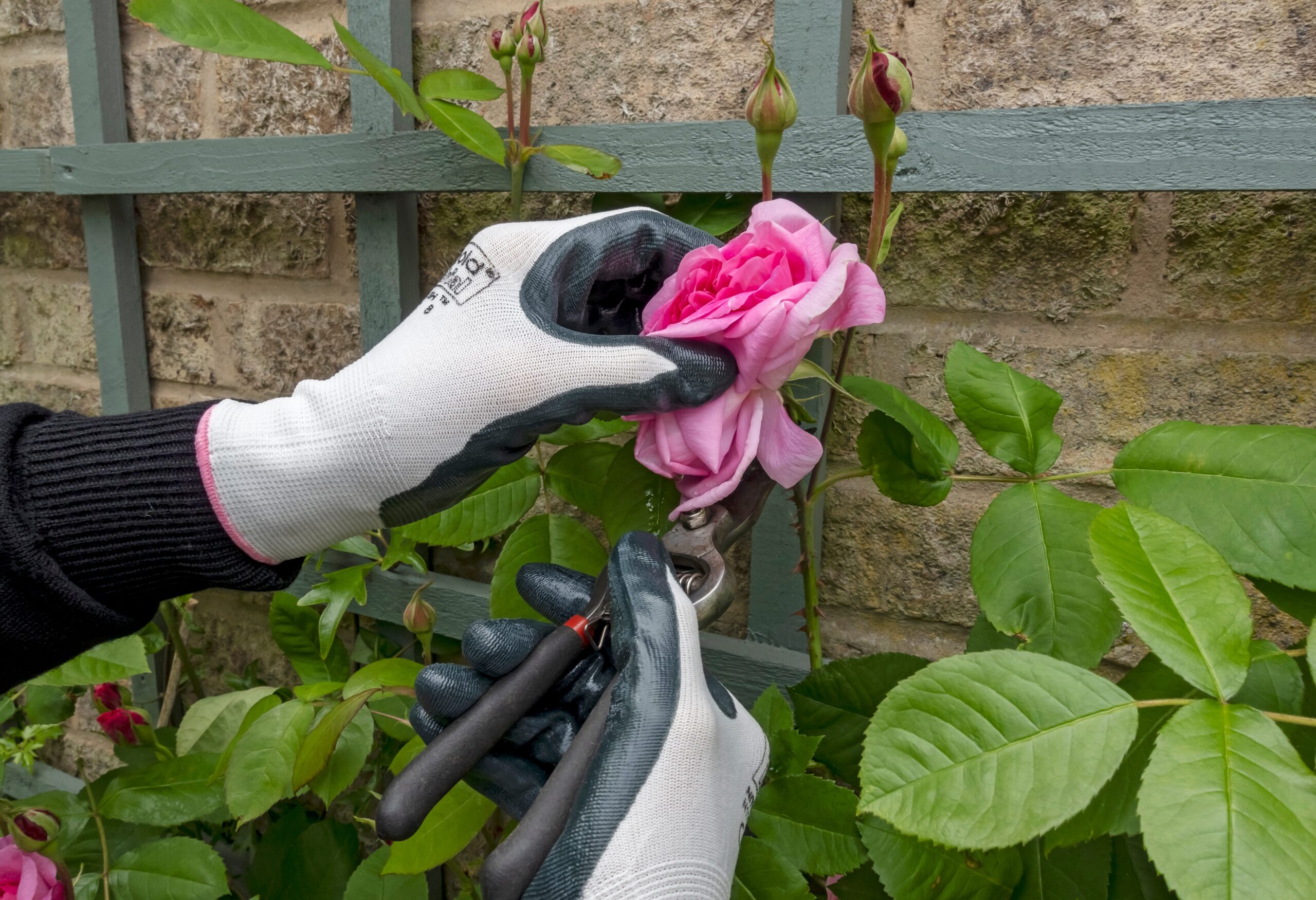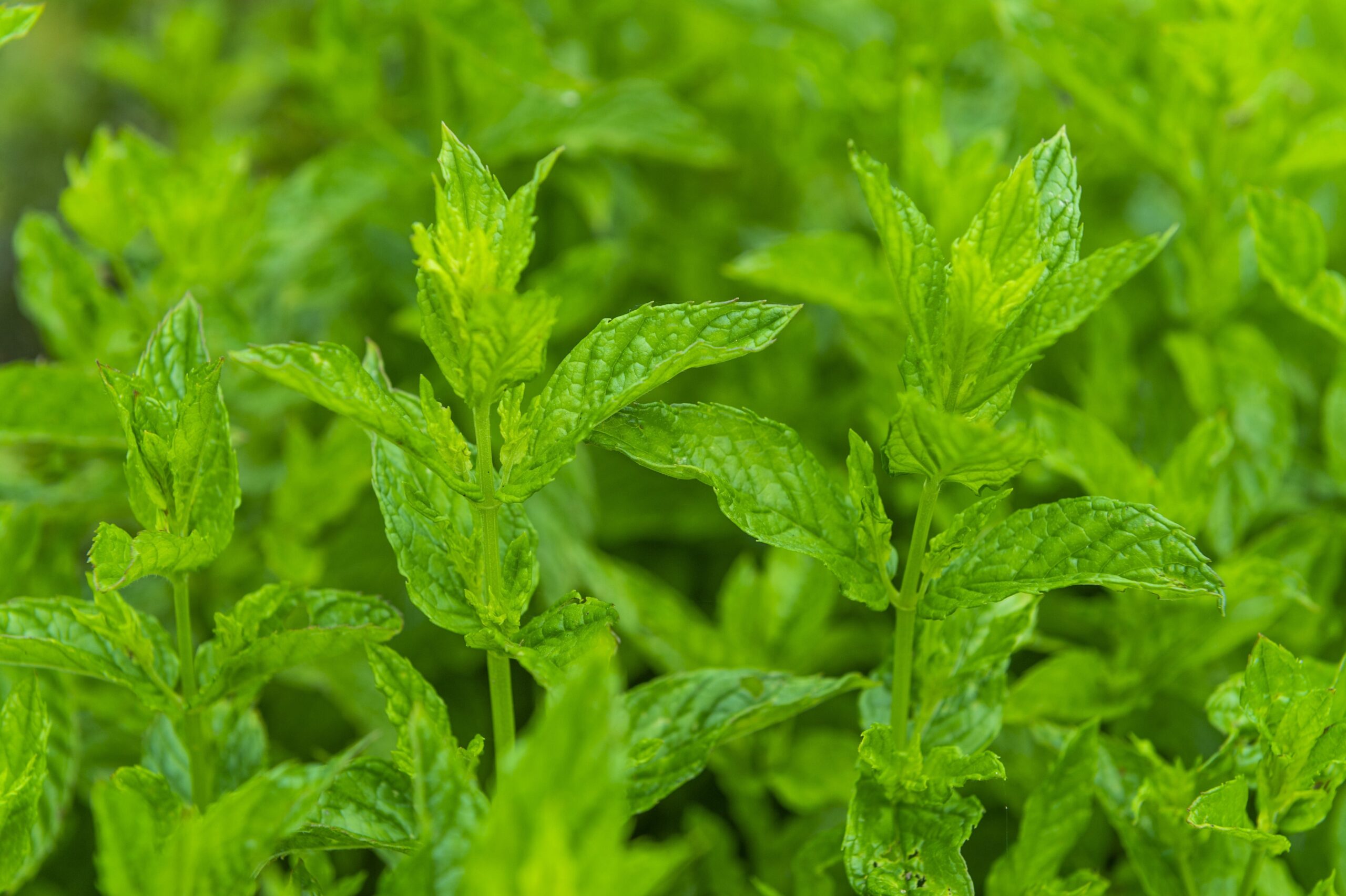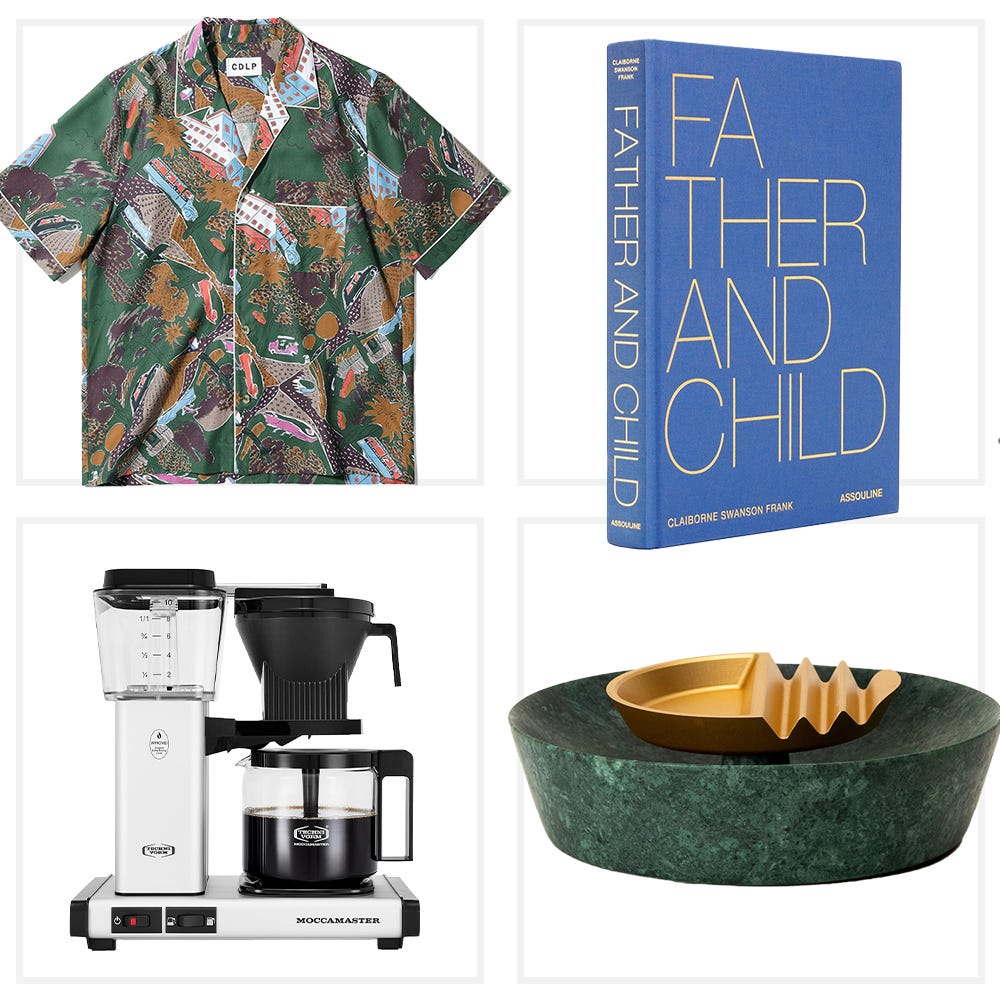Roses thrive on attention, and nothing says “I care” like a proper, well-timed trim. Pruning is the fastest way to get more blooms, fewer problems, and a garden that looks sharp all season. Whether your rose bush is a wild child or just needs a touch up, here’s exactly when to cut, what to cut, and how to keep your roses thriving with minimal fuss. Let’s make those blooms work for you.
When to Prune Your Roses
Timing is everything. For most rose varieties, grab your shears in late winter or early spring, just as buds start to swell but before leaves unfurl. Why? Because this is when your plant is ready to bounce back fast. If you have a once-blooming variety, wait until after its early summer flowering—then prune without mercy.
How Often Should You Prune Roses?
Once a year, every year. Each spring, give your roses a thorough cutback to shape the plant and remove any dead or weak wood. Throughout the growing season, deadhead spent blooms and trim away damaged or diseased stems as needed. In fall, a light cleanup is enough.
What to Do After Pruning Your Roses
Once you’ve finished pruning:
- Clean up all clippings and fallen leaves to prevent disease.
- Feed your roses with a balanced fertilizer to jumpstart new growth.
- Mulch around the base to retain moisture and keep weeds down.
- Water thoroughly if the soil is dry.
- Clean your tools so they’re ready for the next time and won’t spread any blights.
FAQs on Pruning Roses
Can I kill my rose by pruning?
No—roses are resilient. It’s better to prune than to let them become overgrown and unhealthy.
What if I prune at the wrong time?
You might lose a few blooms, but your rose will recover. Timing matters most for maximum flowers, not survival.
How much should I cut back?
Aim to remove about one-third of the plant. Always cut out anything dead, diseased, or thinner than a pencil.
Essential Tools for Pruning Roses
A successful pruning session includes the right tools:
- Bypass pruners: For clean, precise cuts on stems up to 1/2 inch thick.
- Loppers: For thicker, older canes that need extra muscle.
- Pruning saw: For very woody, mature stems.
- Heavy-duty gloves: Essential for dodging thorns and keeping your hands intact.
- Disinfectant: Wipe tools before and after use to prevent spreading diseases between plants

Julia Cancilla is the engagement editor (and resident witch) at ELLE Decor, where she oversees the brand’s social media platforms, covers design trends and culture, and writes the monthly ELLE Decoroscope column. Julia built her background at Inked magazine, where she grew their social media audiences by two million and penned feature articles focusing on pop culture, art, and lifestyle.





